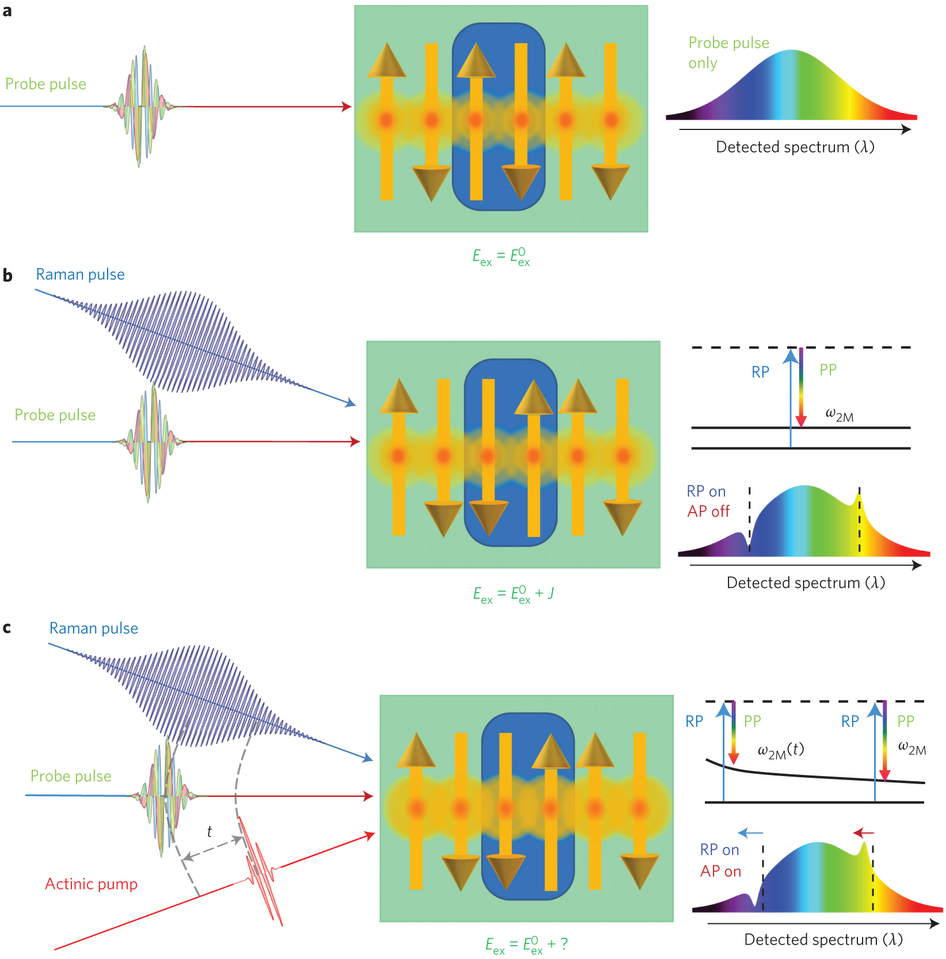Research: Hard Disk of Future
It will be possible to store data at speeds ten thousand times higher than those achievable with current technology.
This is a Press Release edited by StorageNewsletter.com on July 30, 2015 at 2:49 pmNature Photonics has published a study that shows that in the future it will be possible to store data at speeds ten thousand times higher than those achievable with our current technology.
From the Politecnico di Milano, Italia
The ability to manipulate the magnetic properties of a material underlies many applications in everyday life, such as the ability to store information on the hard disk of your computer. So far, this has been achieved using magnetic read/write heads that alter the orientation of magnetic fields in the domains of a material. This provides a contribution to the electrostatic energy, called exchange energy, that encodes information bits.
A group of researchers from Rome’s Sapienza University, Italia, in collaboration with the Radboud University of Nijmegen, Netherlands, and the Politecnico di Milano, Italia, has shown that it is possible to change exchange energy directly, without necessarily altering the magnetic structure of the material. Using very short laser pulses (quantifiable in billionths of millionth of a second), an increase in energy exchange has been observed, for a time limited to the duration of the pulse itself, and therefore extremely faster than that obtainable by applying an external magnetic field.
Article:
Nature Photonics has published an article written by G. Batignani, Dipartimento di Fisica, Universitá di Roma ‘La Sapienza’, Roma I-00185, Italy, Dipartimento di Scienze Fisiche e Chimiche, Universitá degli Studi dell’Aquila, L’Aquila I-67100, Italy, D. Bossini, Radboud University Nijmegen, Institute for Molecules and Materials, Nijmegen, AJ 6525, The Netherlands, N. Di Palo, Dipartimento di Fisica, Universitá di Roma ‘La Sapienza’, Roma I-00185, Italy, C. Ferrante, Dipartimento di Fisica, Universitá di Roma ‘La Sapienza’, Roma I-00185, Italy, E. Pontecorvo, Dipartimento di Fisica, Universitá di Roma ‘La Sapienza’, Roma I-00185, Italy, G. Cerullo, IFN-CNR, Dipartimento di Fisica, Politecnico di Milano, Piazza L. da Vinci 32, Milano 20133, Italy, A. Kimel, Radboud University Nijmegen, Institute for Molecules and Materials, Nijmegen, AJ 6525, The Netherlands, and T. Scopigno, Dipartimento di Fisica, Universitá di Roma ‘La Sapienza’, Roma I-00185, Italy, Center for Life Nano Science @Sapienza, Istituto Italiano di Tecnologia, 295 Viale Regina Elena, Roma I-00161, Italy.
Figure 1: Concept of the FSRS experiment on KNiF3.
a, A femtosecond white-light continuum (WLC) acts as a probe pulse (PP).
b, Superposition of a picosecond narrow-bandwidth Raman pulse (RP) with
the PP generates Raman-induced coherences, read out on top of the WLC
as (positive) gain and (negative) losses.
c, An actinic pump excitation (AP)
modifies the exchange energy.
Click to enlarge
Abstract:
“Manipulating the macroscopic phases of solids using ultrashort light pulses has resulted in spectacular phenomena, including metal–insulator transitions superconductivity and subpicosecond modification of magnetic order. The development of this research area strongly depends on the understanding and optical control of fundamental interactions in condensed matter, in particular the exchange interaction. However, disentangling the timescales relevant for the contributions of the exchange interaction and spin dynamics to the exchange energy, Eex, is a challenge. Here, we introduce femtosecond stimulated Raman scattering to unravel the ultrafast photo-induced dynamics of magnetic excitations at the edge of the Brillouin zone. We find that femtosecond laser excitation of the antiferromagnet KNiF3 triggers a spectral shift of the two-magnon line, the energy of which is proportional to Eex. By unravelling the photo-induced modification of the two-magnon line frequency from a dominating nonlinear optical effect, we find that Eex is increased by the electromagnetic stimulus“.















 Subscribe to our free daily newsletter
Subscribe to our free daily newsletter

